Learn about the threatened Dakota Skipper butterfly in this NDO Webcast.

Wildlife Notes
Sandhill Crane Migration
North Dakota plays a significant role during Sandhill crane migration each spring and fall. Learn more in this NDO News.
North Dakota's State Fish - Northern Pike
Northern pike are North Dakota's state fish. Learn about the biology and behavior of this unique species in this NDO webcast with fisheries biologist Paul Bailey.
Wild Turkeys in North Dakota
Did you know that turkeys are not native to North Dakota? They were originally stocked in the 1930s and 40s. Learn more in this week's NDO Webcast with upland game biologist RJ Gross.
Aquatic Invertebrates Survey
The North Dakota Game and Fish Department manages our state's fish and wildlife, including those species like aquatic invertebrates that often go unnoticed. Learn more in this week’s NDO News.
Crayfish in North Dakota
Did you know that North Dakota has 2 species of crayfish? Learn more in this week’s NDO News with fisheries biologist Mike Johnson.

Hudsonian godwits
Unlike marbled godwits, which breed in North Dakota, Hudsonian godwits can only be seen in the state during their spring migration.
Read Full Article: Watch Hudsonian godwits
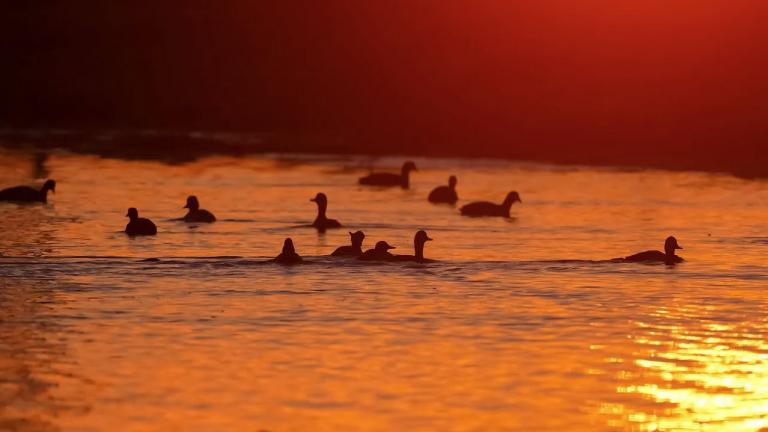
Wetlands
Breeding waterfowl depend on the prairie pothole region. Find out why.
Read Full Article: Watch Why are Wetlands Important
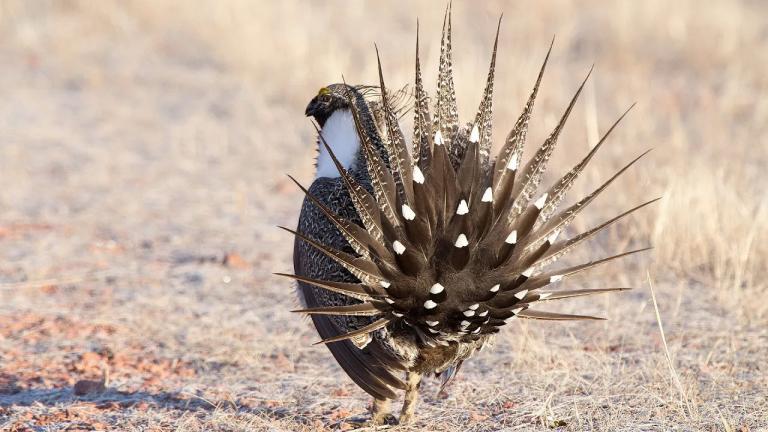
Disappearing Sage Grouse
Sage grouse are disappearing from North Dakota. Learn more in this NDO webcast (2024).
Read Full Article: Watch Disappearing Sage Grouse
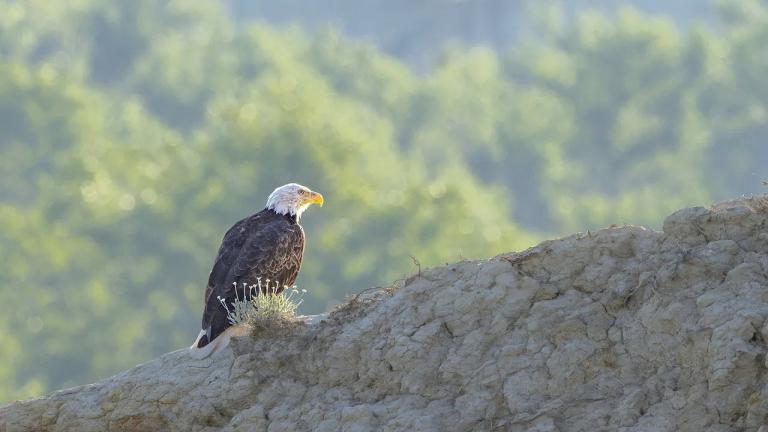
Bald Eagle Populations in North Dakota (2024)
Once an endangered species, bald eagle populations are increasing in North Dakota. Learn more in this NDO news video (2024)
Read Full Article: Watch Bald Eagle Populations in North Dakota (2024)
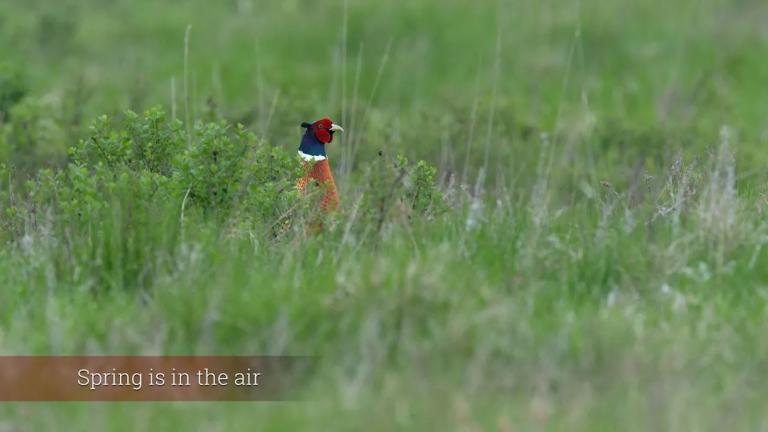
Ring-necked Pheasant Behavior
During breeding season, male ring-necked pheasants will defend a territory against other males. Conflicts sometimes get a little heated...
Read Full Article: Watch pheasant tussle
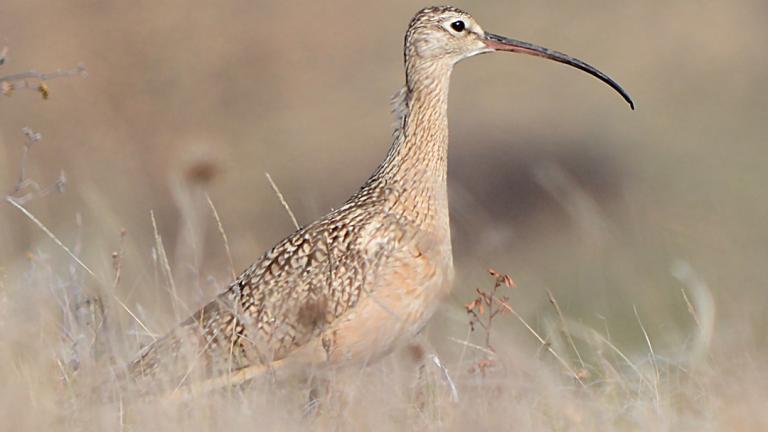
Long-Billed Curlews
Long-billed curlews are one of the 13 shorebird species known to nest in North Dakota. Learn more about these neat little birds here.
Read Full Article: Long-Billed Curlews
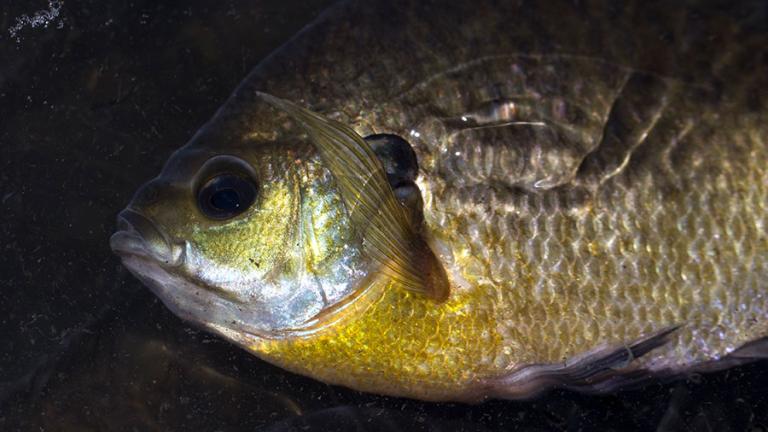
Bluegill Spawn
Bluegill spawn late May and June when water temperatures near 22 C (71.6F). Large males build nests in colonies where they spawn and protect eggs. Some smaller males will mimic females to fertilize eggs instead of nest building and defense.
Read Full Article: Bluegill Spawn
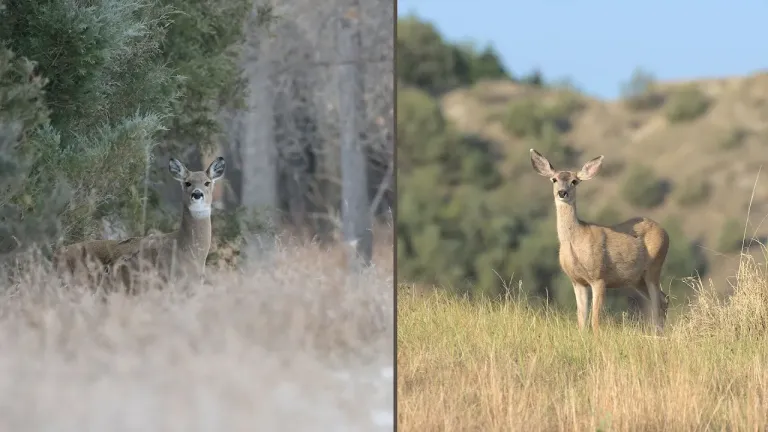
North Dakota Deer Species
North Dakota is home to two deer species, whitetail and mule deer. Learn more about their similarities and differences in this video.
Read Full Article: Watch North Dakota Deer Species

River Otters in North Dakota
River otters can be found in certain river corridors in North Dakota. Learn more about this species in this short video.
Read Full Article: Watch River Otters
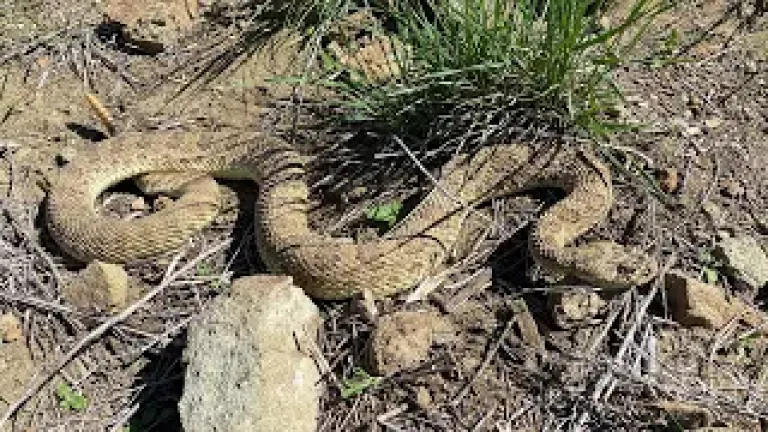
Prairie Rattlesnakes
Contrary to popular rumor, there are prairie rattlesnakes east of the Missouri River in North Dakota. Learn about one population in this video.
Read Full Article: Rattlesnakes in North Dakota
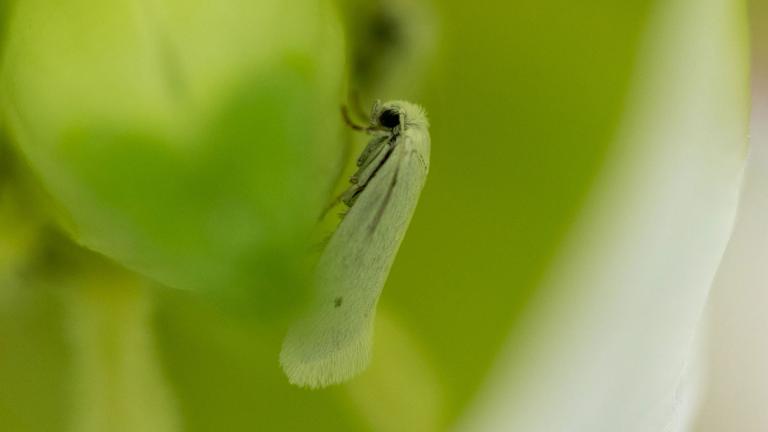
Yucca Moths
Did you know that yucca moths are the yucca plant's only pollinator? Learn more here!
Read Full Article: Yucca Moths
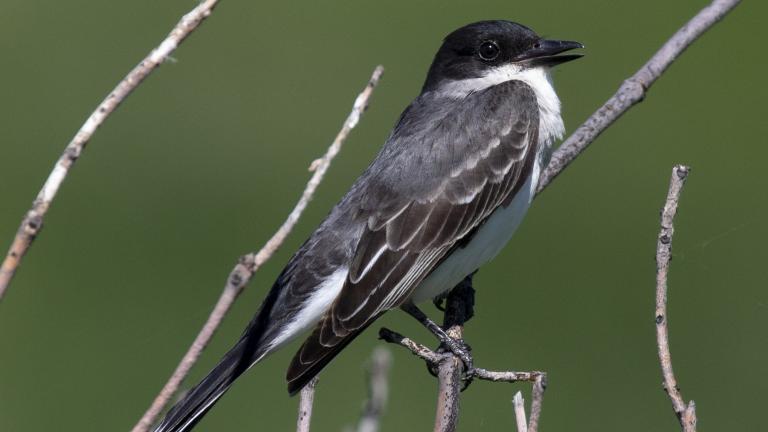
Eastern Kingbird and Chitin Pellets
Eastern kingbirds (Tyrannus tyrannus), which can be found across North Dakota in the summer, feed primarily on insects during the breeding season. Like owls and some other birds, eastern kingbirds regurgitate pellets of indigestible prey parts, in this case insect chitin. Here is a series of photographs demonstrating this behavior (because we knew everyone would appreciate this visual to start your day out right!)
Read Full Article: Eastern Kingbird and Chitin Pellets
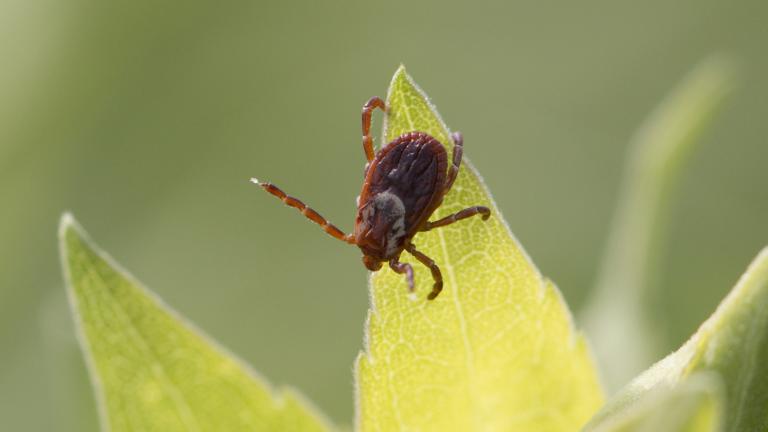
Ticks
Ticks sit on the tips of vegetation with legs outstretched waiting for dinner to wander by. Learn more about one of North Dakota's least favorite insects here.
Read Full Article: Ticks
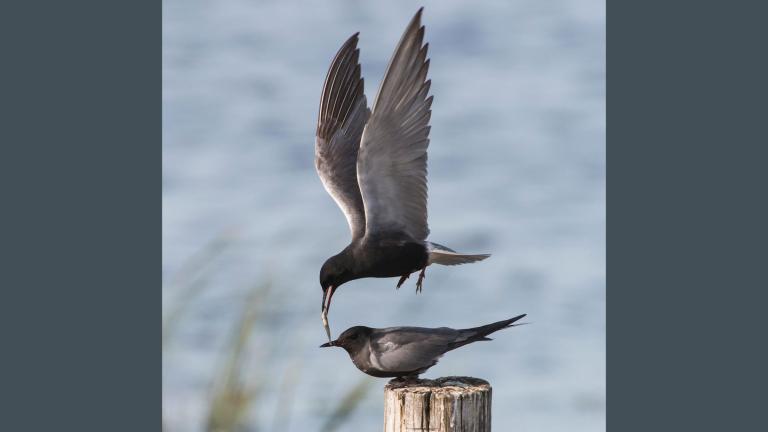
Black Tern Fish Flight
Read Full Article: Black Tern Fish Flight
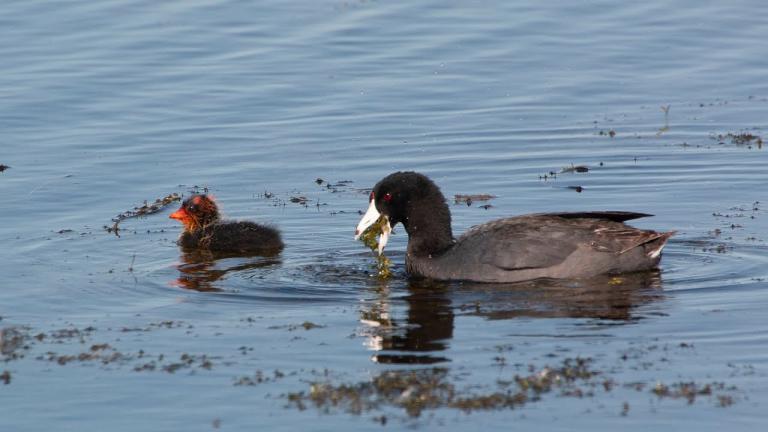
American Coots in North Dakota
American coots are a fairly common water bird in North Dakota. Check out this short video to learn more.
Read Full Article: American Coots in North Dakota
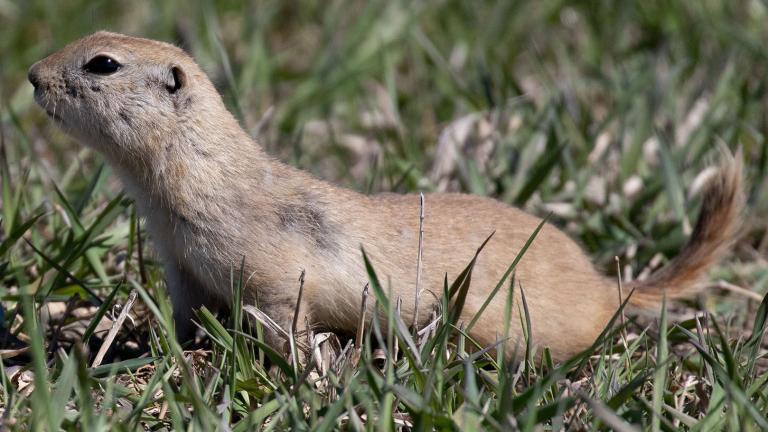
North Dakota Ground Squirrels
So is that ground squirrel you see in the North Dakota countryside a Flickertail or a Franklin's?
Read Full Article: North Dakota Ground Squirrels

Wild Turkey in North Dakota
Wild turkey, a popular upland game species in North Dakota, are not native to the state. Learn more in this Wildlife Notes post.
Read Full Article: Wild Turkey in North Dakota

Ten-Petal Blazing Star
If you want to see one of the state’s most impressive wildflowers in full bloom, you need to know not only where to look, but when.
Read Full Article: Ten-Petal Blazing Star
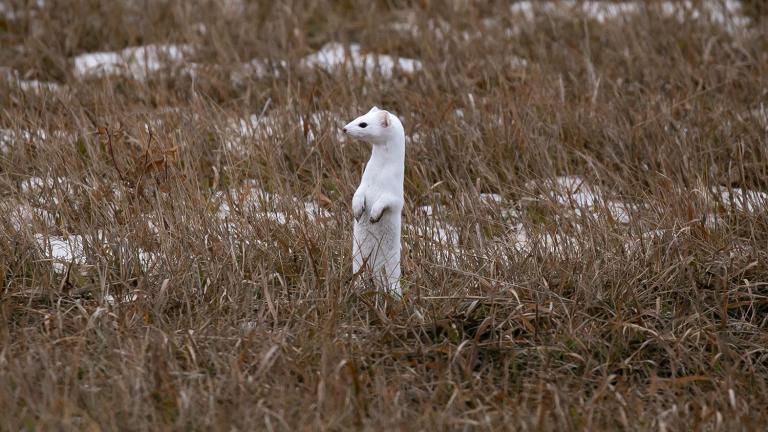
Winter Camouflage
Did you know that North Dakota's two hare (white-tailed jackrabbits and snowshoe hares) and three weasel (long-tailed, short-tailed and least) species turn white in the winter.
Read Full Article: Winter Camouflage
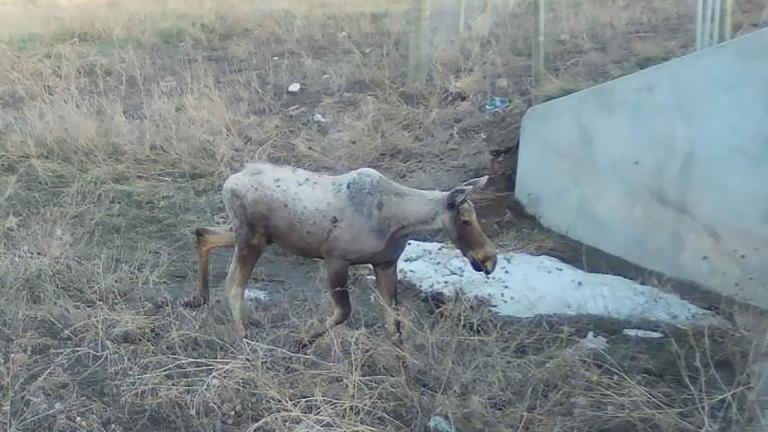
Winter Ticks and Moose
Stories about ghost moose are being told with increased frequency across the southern portion of moose range in North America. Winter ticks are the cause.
Read Full Article: Winter Ticks and Moose

Newly Hatched Killdeer Chicks
Newly hatched killdeer chicks, while not the most graceful of creatures, are arguably one of the most adorable. These chicks were filmed in a gravel area right outside of one of the Department's offices.
Read Full Article: Newly Hatched Killdeer Chicks
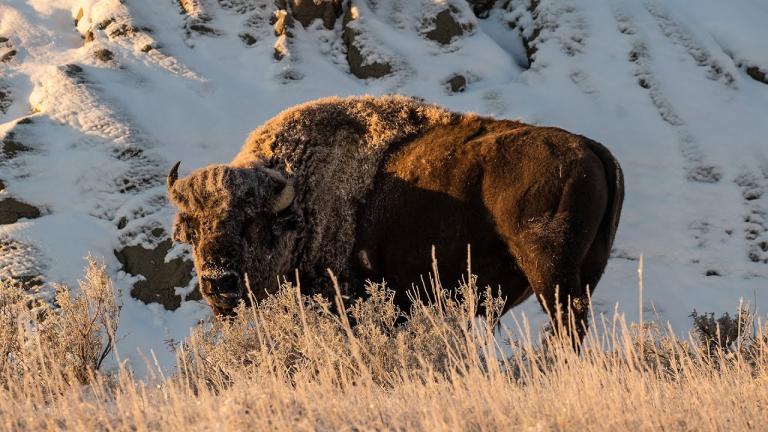
Bison in North Dakota
Watch this short video for some facts on bison in North Dakota.
Read Full Article: Bison in North Dakota
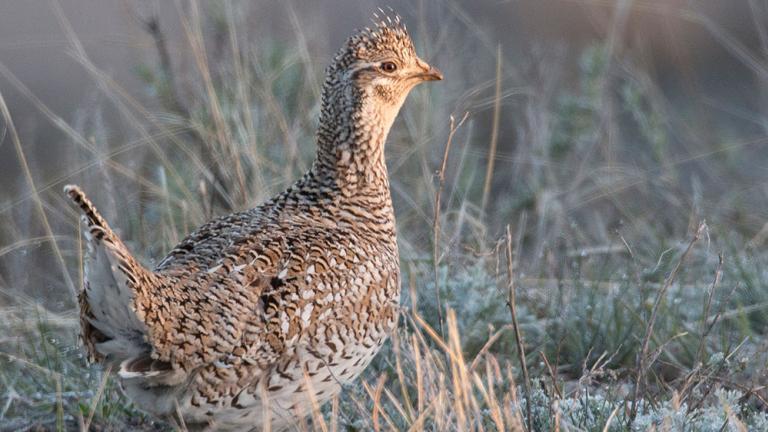
Sharp-Tailed Grouse Lek
Arguably one of North Dakota's more entertaining upland game species is the sharp-tailed grouse. In the spring these grouse can be found on leks (dancing grounds) where males display to attract mates.
Read Full Article: Watch Lek Video
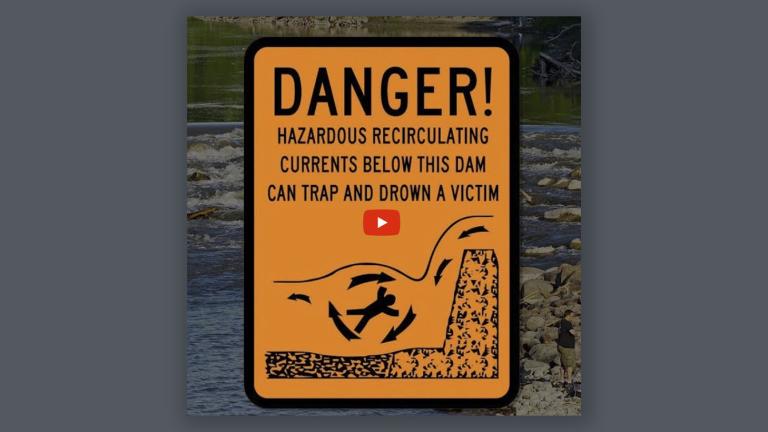
Lowhead Dam Dangers
Lowhead dams can be great locations for fishing, but they can also present real safety hazards. Find out more in this short video from a 2018 North Dakota Outdoors program.
Read Full Article: Lowhead Dam Dangers
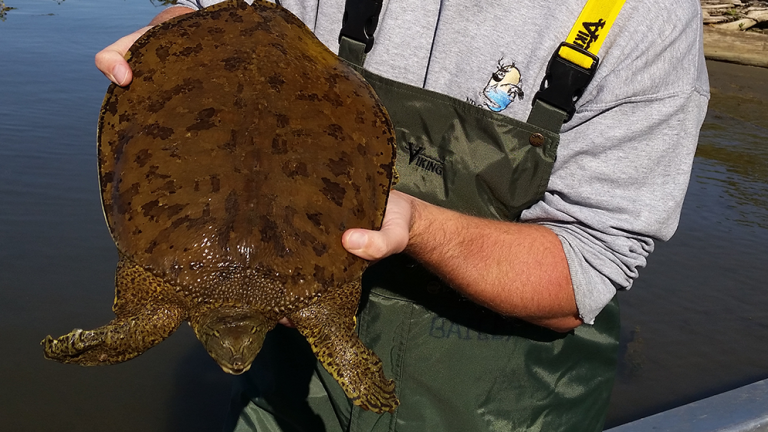
Softshell Turtles in North Dakota
Spiny and smooth softshell turtles can be found in the southern portions of the Missouri River System in North Dakota.
Read Full Article: Softshell Turtles in North Dakota
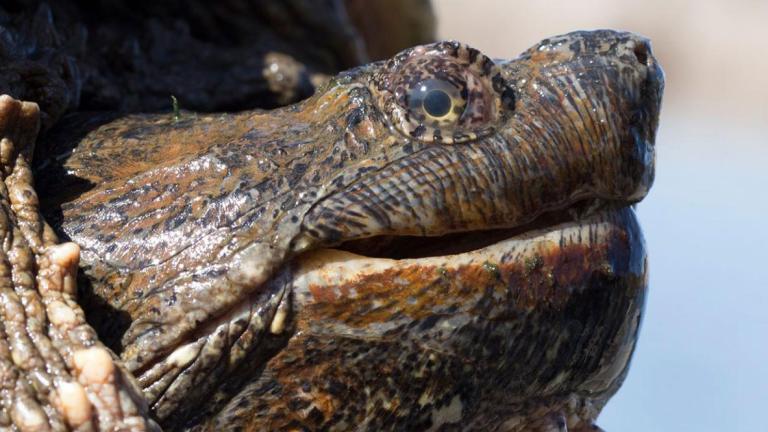
Snapping Turtles
Snapping turtles are common throughout North Dakota. These big turtles can live 40-50 years or more in the wild and can grow to around 65 pounds (though most are in the 10-35 pound range).
Read Full Article: Learn more about snapping turtles

Porcupine Fur
Did you know that porcupines have three types of fur? Learn more in this Wildlife Note post.
Read Full Article: Porcupine Fur
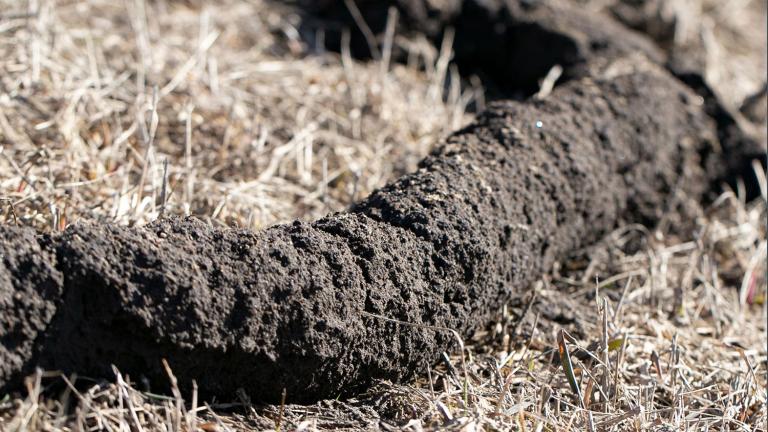
Dirt Tubes
Have you ever been driving down a back road during the spring and seen tubes of dirt meandering along a ditch? These tubes are created by northern pocket gophers.
Read Full Article: Dirt Tubes
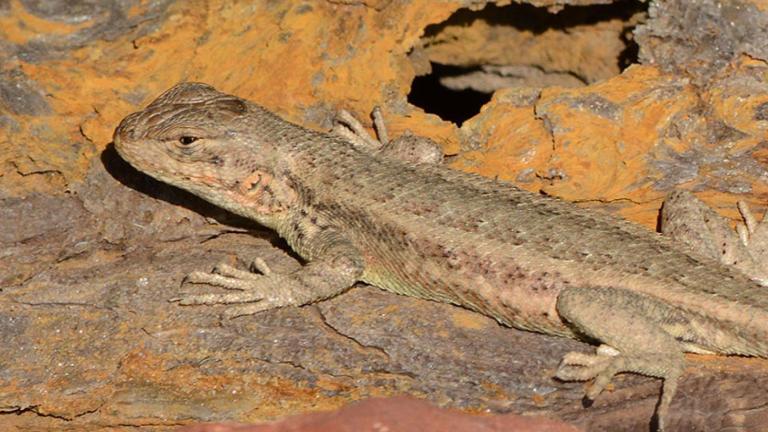
Sagebrush Lizards Escape Mechanism
Did you know that sagebrush lizards (found in the North Dakota badlands) can drop their tail to distract an attacking predator? They escape while the predator goes after their still twitching tail. Later their tail grows back.
Read Full Article: Sagebrush Lizards Escape Mechanism
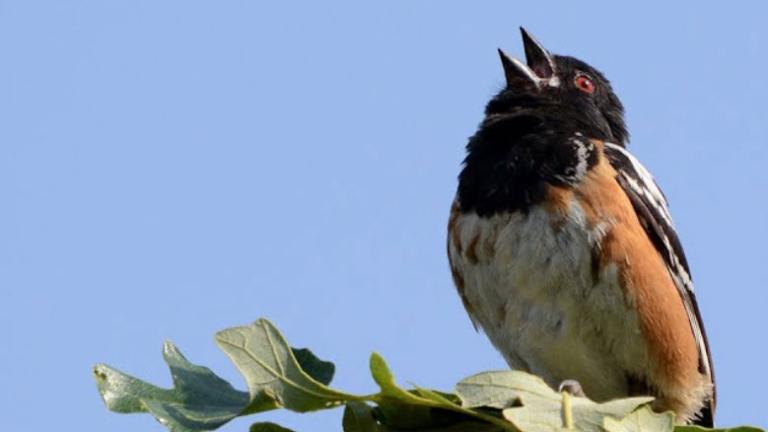
Spring in North Dakota
Sights and sounds of spring advancing across our North Dakota
Read Full Article: Watch ND spring sights and sounds
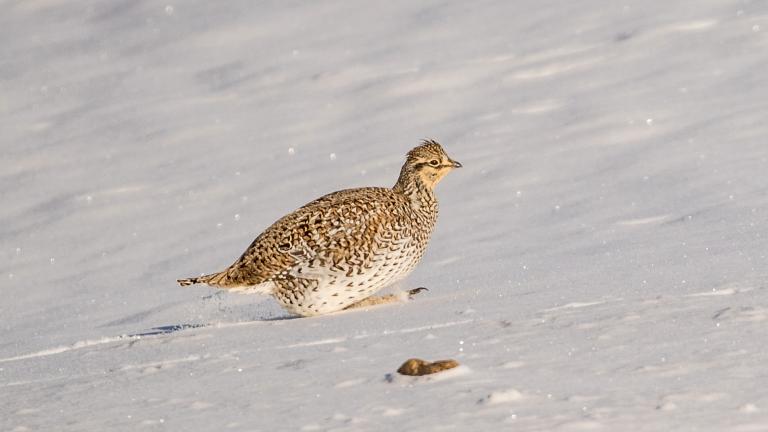
Sharp-Tailed Grouse and Snow Caves
One strategy sharp-tailed grouse use to survive winter is to burrow into the snow. Find out more in this post.
Read Full Article: Sharp-Tailed Grouse and Snow Caves
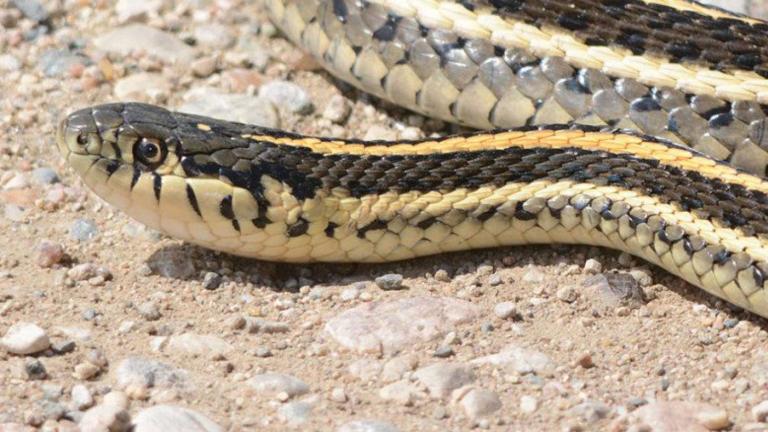
Plains Gartersnake
Plains gartersnakes can be found across North Dakota and can be identified by three stripes, with the middle stripe often being bright orange or yellow.
Read Full Article: Plains Gartersnakes

Molting
All birds molt - shedding their old, weathered feathers with new ones. Some birds molt once per year, others two or three times per year. Sometimes the molt process is simultaneous, such as with waterfowl when they lose all of the primary feathers at once, leaving them flightless for 3-4 weeks. You’ve probably seen them this time of year in a wetland doing a breast-stroke swim to escape to cover.
Read Full Article: Learn more about bird molts

Burrowing Owls
Burrowing owls nest underground. Learn more in this Wildlife Notes post.
Read Full Article: Burrowing Owls
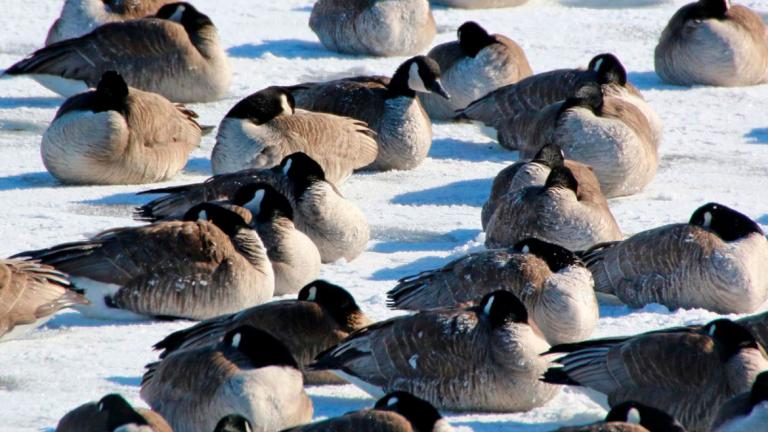
The Sandman Goes Wild
For humans, sleeping involves closing their eyes and drifting away into a state of rest for the mind and body. In the safety and warmth of their home, this is typically accomplished in about eight hours. For teenagers, sometimes it takes much longer.
Read Full Article: Read The Sandman Goes Wild
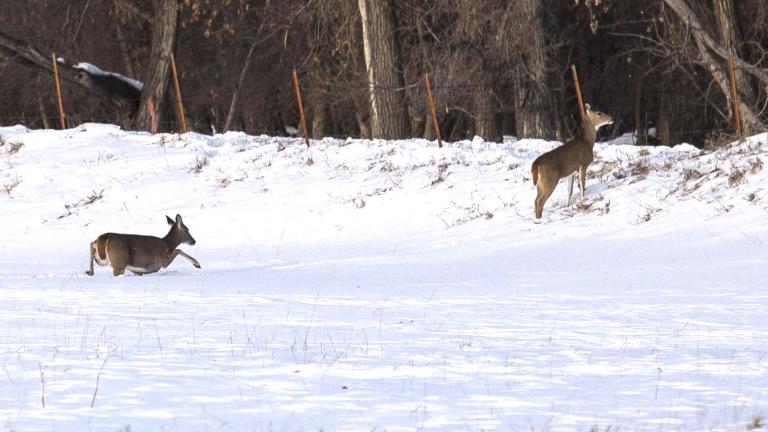
White-Tailed Deer Movements
On the northern Great Plains, seasonal movements of white-tailed deer are highly variable. Find out more in this Wildlife Notes post.
Read Full Article: White-Tailed Deer Movements
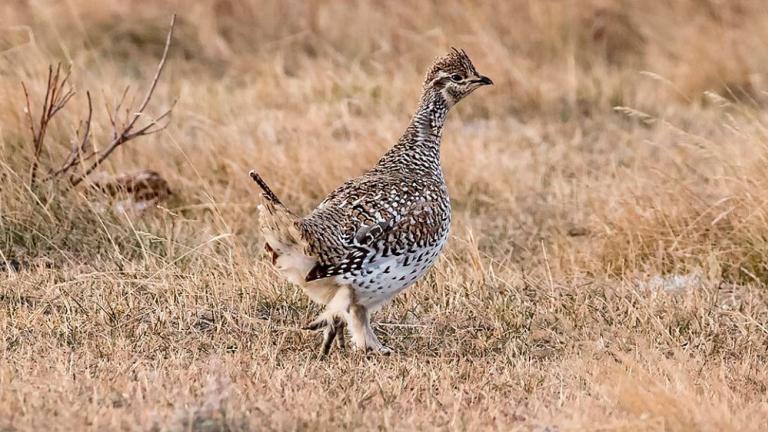
Sharp-tailed Grouse or Fire Bird
To the Lakota, the sharp-tailed grouse was called “Cansiyo” or the “Fire Bird”, because of its need for fire to keep the grasslands open. Learn more about this iconic bird in the Wildlife Notes post.
Read Full Article: Read Sharp-tailed Grouse or Fire Bird
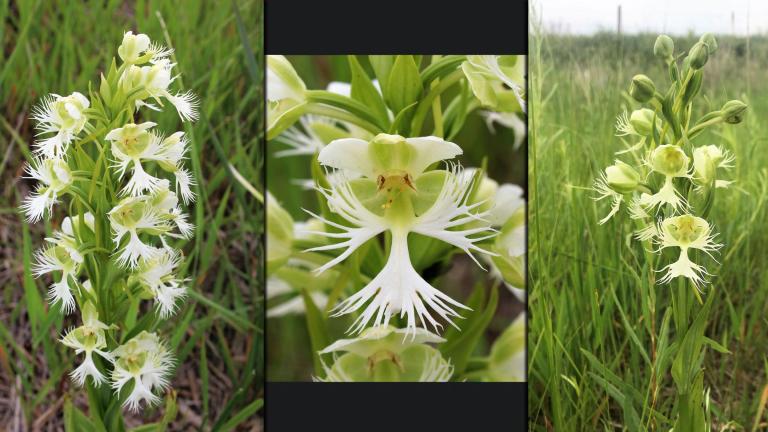
Western Prairie Fringed Orchid
The western prairie fringed orchid is North Dakota's only federally listed plant under the Endangered Species Act.
Read Full Article: Western Prairie Fringed Orchid

Mountain Lion vs. Canine Tracks
How do you tell the difference between mountain lion and coyote tracks? Watch this short video for some tips.
Read Full Article: Mountain Lion vs. Canine Tracks
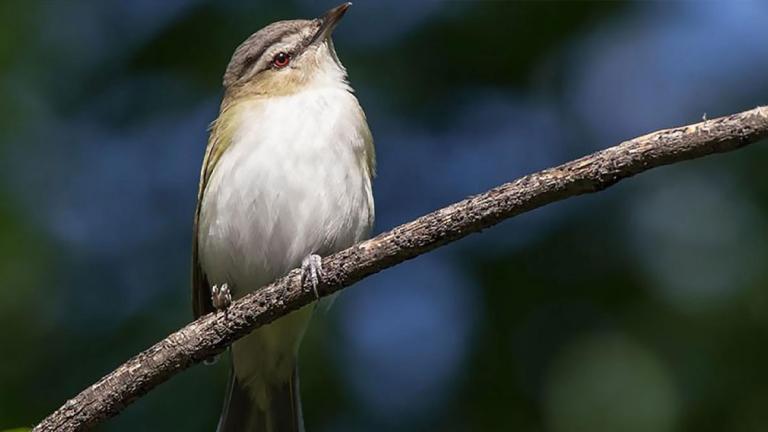
Red-Eyed Vireo
Red-eyed vireos typically sing high in tree canopies in short little bursts of 2-4 syllables, altering back and forth between ascending and descending tones so it sounds like a 90's Valley Girl on the phone saying, "Hello?" "Where are you?" "That's cool" "I'm up here." "Totally."
Read Full Article: Learn more about red-eyed vireo
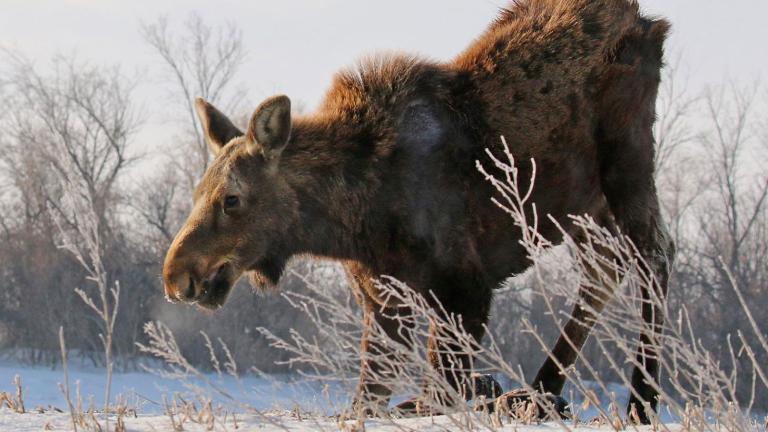
Kneeling Moose
Moose are tall, gangly creatures that normally eat from the trees. When a food source is on the ground things get challenging. Learn more in this post.
Read Full Article: Kneeling Moose

Red-Bellied Snakes
Red-bellied snakes can be found in the eastern half of North Dakota and are the state's smallest snake reaching lengths of only 8-10 inches.
Read Full Article: Learn more about red-bellied snakes
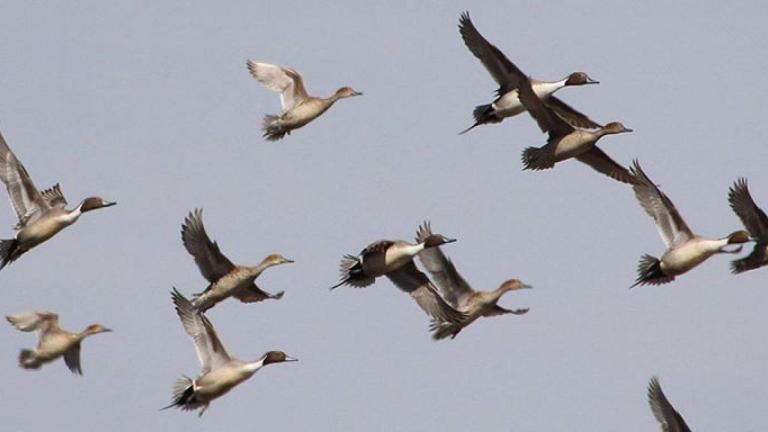
Birds of a Feather
Did you know a hummingbird has about 1,000 feathers on its body, whereas a Northern pintail has nearly 15,000? Feathers vary in structure and function. Check out this cool interactive learning tool, All About Feathers.
Read Full Article: Birds of a Feather

Aging Fish
Have you ever wondered how a bony fish can be aged? Biologists count the growth sections of their otoliths. Learn more in this post.
Read Full Article: Aging Fish
